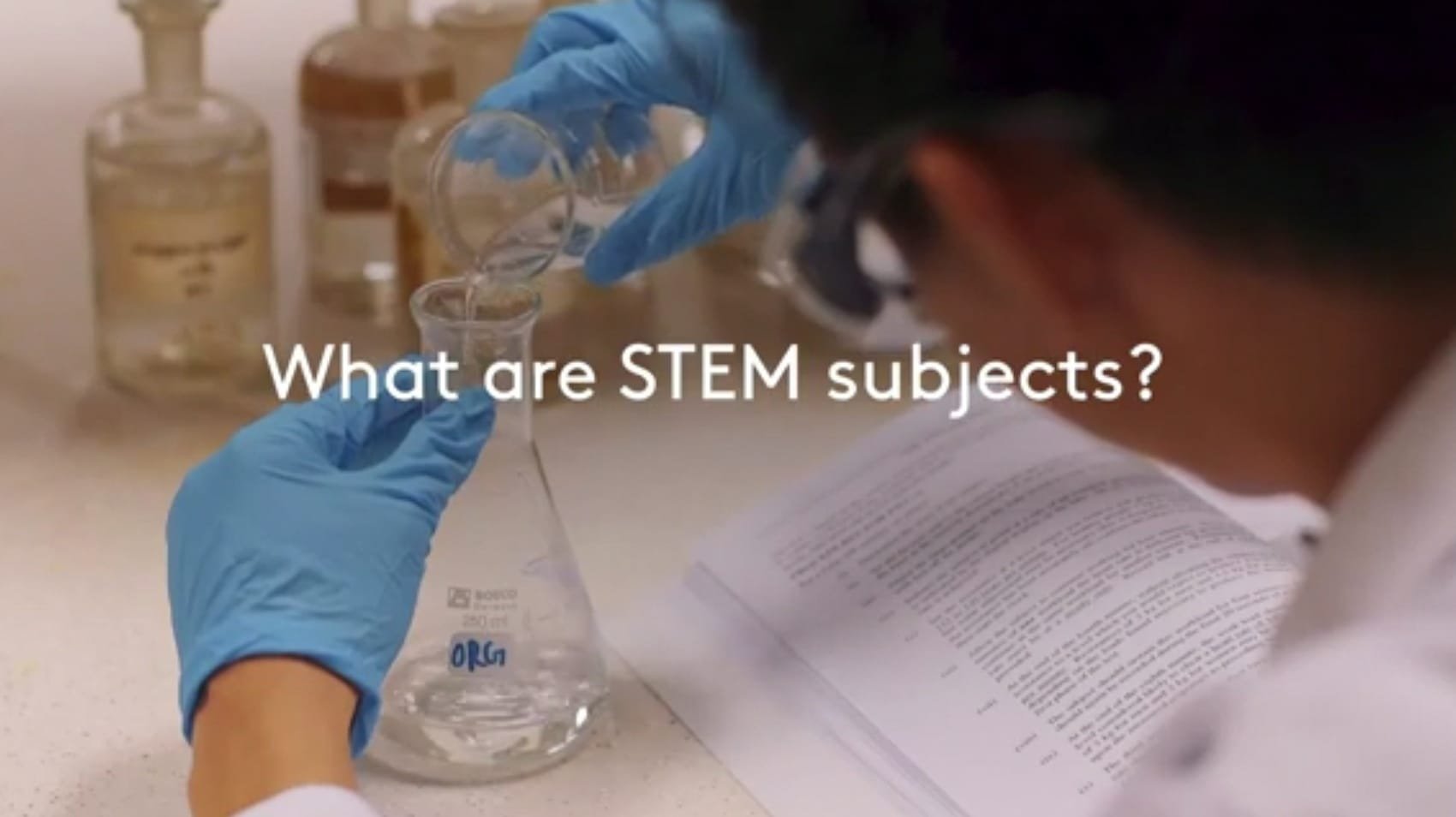
Watch the YouTube video about STEM: https://youtu.be/7v1nPNO00zI?si=iRDDI18RTFflole2
Studygroup - 19 Mar 2021
The Study Group bring fellow students together from around the world together to learn about education and the link to the working world.
An Example of Basic Chemistry
Organic Reaction Mechanisms
What is the definition of a reaction mechanism in organic chemistry? A reaction mechanism demonstrates the movement of electrons and the formation and break of bonds in a reaction. A reaction will present both reactants and products. It will include all intermediates and the way they were formed.
In organic reactions, it is known as cleaving of the bonds being broken, either homolytically or heterolytically.
As a result, homolytic cleavage occurs when one electron is released to each side of the bond and neutral radicals are produced:
C−X→C⋅+X⋅
When electrons in a bond move to one side, it results in heterolytic cleavage, which causes the formation of a cation and anion.
C−X→C⁺ + X⁻
Reaction mechanisms involve the transfer of electron density between different species that are reacting, resulting in bond-forming and breaking processes occurring simultaneously. This may lead to lower activation energies for reactions as bonds need not be completely broken before new ones can be formed.
Organic compounds are involved in chemical reactions. The fundamental units of organic chemistry are the addition reactions, elimination reactions, substitution reactions (STDs), pericyclic reactions, rearrangement reactions, photochemical reactions, and redox reactions. New organic molecules are synthesized through the use of organic reactions in synthesis. Many man-made chemicals, include drugs, plastics, food additives, and fabrics, are produced through organic reactions.
